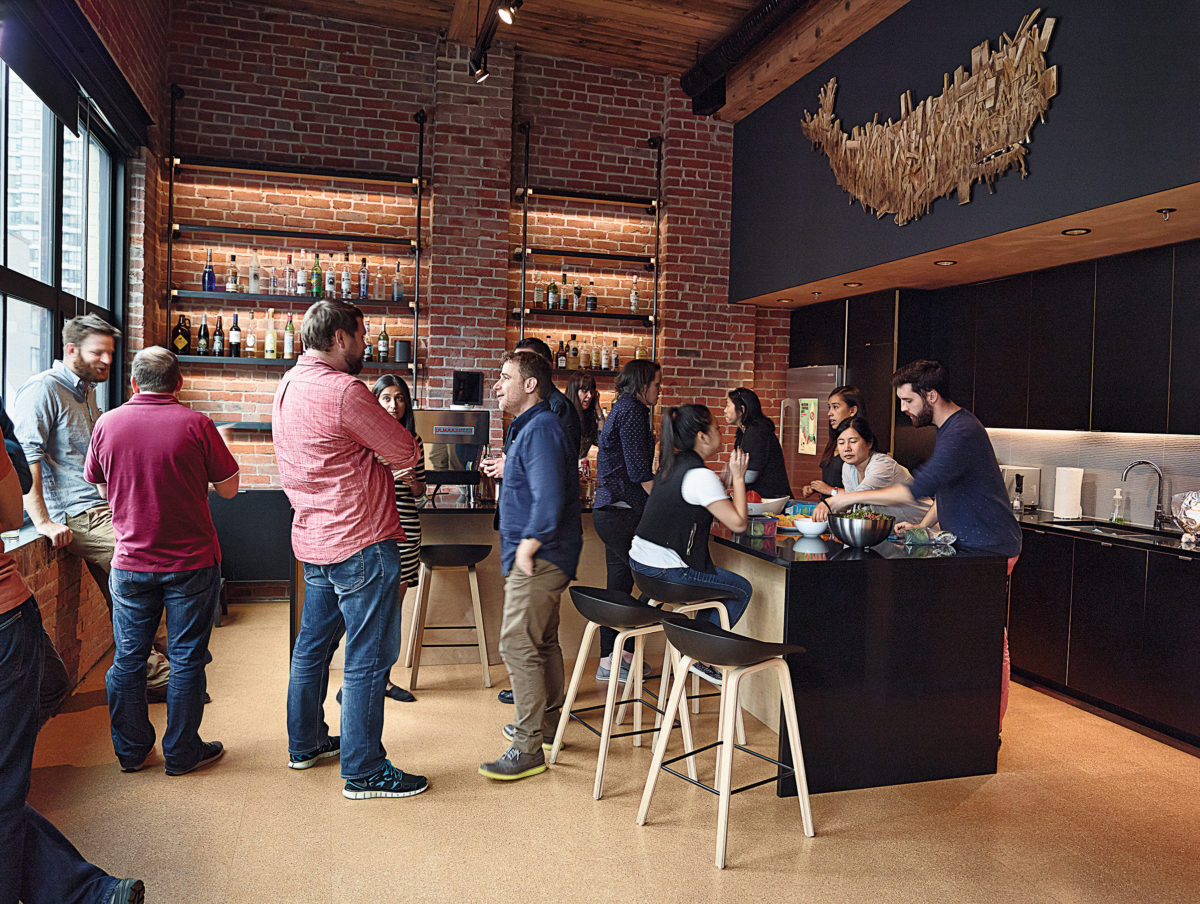A bunch of us volunteers had a video meeting today to discuss some of the projects we’re working on. See a few notes on our latest efforts below and ways you can help in green!
Also: Volunteers for coworking.org meet on the #open-coworking channel on Slack every Friday morning at 9:00am ET (GMT-5). We could always use more help; join the Coworking Leadership Slack group to participate!
Intention #1: Collect and promote a list of Alliances
Local alliances are showing up all over the world. Let’s help them to be more visible and give them opportunities to connect with one another, while also inspiring others to more easily start alliances in their cities!
Melissa Mann-Saubers from Kansas City did an amazing job creating a form and promoting it everywhere—we now have 30 responses! Wow!
We got some submissions from folks who we don’t think are running actual alliances in the way we envisioned, so we’re going to talk about how to handle that.
Next steps:
- Melissa will work with Tony and the rest of the volunteer crew to compose a follow-up email with some requests to help us determine who’s a qualifying alliance.
- In the meantime, Tony will work on a plan for how to handle displaying the qualifying spaces on Coworking.org.
- If you know of a coworking alliance that isn’t listed here, have them fill out our form here!
Intention #2: Create new welcome materials
900,000+ people visit the coworking.org family of sites (mostly the wiki) every year. How can we more easily present visitors with information that’s useful to them when they arrive?
Taylor Tran of Innovation Melbourne created a survey to be posted on the most highly-trafficked wiki pages to get a sense of what kinds of questions are on the minds of visitors.
Now, he needs help getting that survey posted on the wiki pages. It’s really just a matter of copying and pasting some code into 20 or so pages.
Next steps:
- Consider hiring a virtual assistant to help us tend to some repetitive tasks. Do you know of any good VAs you can recommend? If so, join the Slack group, pop into the #open-coworking channel, and wave your hand!
- Find a volunteer to help us post this survey on some wiki pages! Is that volunteer you? If so… contact us via the Slack group above!
Intention #3: Create a pledge
One of our core missions is to raise awareness of coworking as not just a neat thing but a global movement. To that end, we would like to invite those who are committed to reinforcing our core values to help us create a sense of coherence and coordination between us. To help us identify the people who are in alignment with that, we’re creating a pledge people can take.
David M. Botwick-Reis of Homestead Coworking in Edmonton created a draft pledge. Now we need to get him some feedback!
Next steps:
Intention #4: Create a generic coworking logo to be shared widely
Building on the previous point, creating a super shareable logo to be spread across the alliances we work with and by the people who take our pledge will help to reinforce a sense of coherence to our global movement.
Taylor worked with Tony to hire a designer to mock up some potential logos and color schemes. A bunch of folks weighed in with their thoughts, and ultimately we didn’t conclude decisively that we like any of them better than the starfish / logotype we already have.
Taylor suggested that we solicit the involvement of someone with expertise in branding to help us get this conversation to where it needs to go.
Next steps:
- Do you know someone who has experience professionally branding an organization who would be willing to volunteer some time to help us create a global brand for coworking?If so, join the Slack group, pop into the #open-coworking channel, and wave your hand!
Intention #5: Develop an organizational leadership structure
Right now, Jeannine van der Linden and Tony Bacigalupo (that’s me!) are at the helm. We’d love to implement a more formal board structure next year.
For now, we are using the final portion of this year to build momentum for that conversation by inviting people to join us in the aforementioned #open-coworking Slack channel.
We’re also setting up quarterly leadership calls for next year, way in advance, so everyone we need will have plenty of opportunity to mark their calendars.
Intention #6: Program promotion
Coworking communities are more than just shared workspaces, but how do we demonstrate that in a way that is obvious and actionable? I believe it comes down to programming.
This movement is special not because of the spaces, but because of what happens in the spaces. If we can increase the visibility of not just the spaces but the things happening in those spaces, we can give people more reasons to visit spaces and form relationships.
To this end, Tony put together a blog post outlining the idea and inviting folks to register their January programs through a form.
Next steps:
- Are you running an event in your coworking space in January? Register it here!
Intention #7: Improve the Coworking Visa
One of the movement’s greatest assets, the Visa is in sore need of an overhaul!
I’ve got a scheme for how to tackle the overhaul of this, but could use the help of a crafty developer.
Next steps:
- Who has expertise in WordPress, and in particular, Custom Post Types, who can spare some time to cowork with me on this a little?
That’s all for now! Much more to come in 2018!











